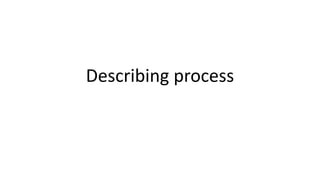The passage describes the process of brick making. To begin, clay is dug from the ground using a large digger and placed on a metal grid to break it into smaller pieces, with a roller assisting. Following this, sand and water are added to the clay, which is then shaped into bricks using moulds or wire cutters. Next, the bricks are placed in an oven to dry for 24-48 hours. In the subsequent stage, the bricks go through a heating and cooling process in a kiln, followed by cooling in a chamber for 2-3 days. Finally, the bricks are packed and delivered to their destinations.

















































